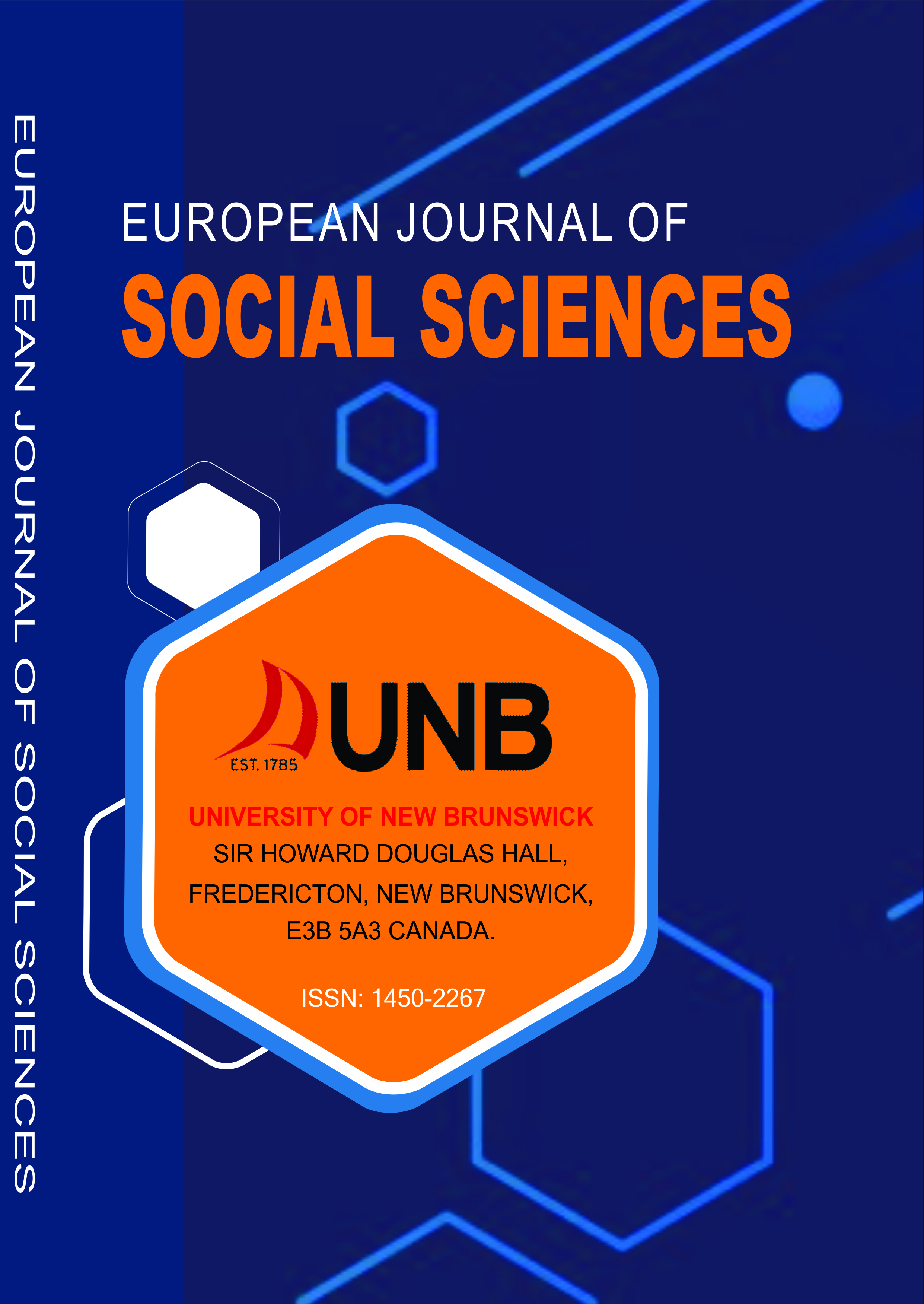EUROPEAN JOURNAL OF SOCIAL SCIENCES (EJSS)
TPRS: Mastering the Basics and Incorporating Social Media
E-ISSN: 4899-5667
P-ISSN: 1450-2267
DOI: https://iigdpublishers.com/journals/166
This paper explores Teaching Proficiency through Reading and Storytelling (TPRS), a unique language teaching method developed in the 1990s centered on co-constructing compelling stories rich in comprehensible yet challenging input. Key principles of TPRS are summarized, including establishing meaning of new vocabulary, use of repetitive questions to build class narratives, circling questions for depth of story comprehension, use of very short pop-up grammar explanations, and shifting control of the story to students. Practical guidance on TPRS lesson delivery components such as personalized questions, timed retells, and continual assessments are overviewed. A sample lesson plan illustrates TPRS in action, from target vocabulary introduction to asking personalized questions to asking the story. Finally, ideas for blending social media tools like Padlet, Snapchat, YouTube, and TikTok to increase student engagement with stories are detailed. Whether supplementing or central to curriculum, TPRS offers an interactive narrative approach allowing acquisition of language within low-anxiety, high-interest contexts.
Merrilee Brinegar
Adair-Hauck, B., & Donato, R. (2002). The PACE model: A story-based approach to meaning and form for standards-based language learning. The French Review, 265-276.
Krashen, S. D. (1982). Principles and practice in second language acquisition. Alemany Press.
Krashen. S. (2004). The power of reading: Insights from the research. Libraries Unlimited.
Lichtman, K. (2016). Age and learning environment: Are children implicit second language learners? Journal of Child Language, 43(3), 707-730.
Ray, B. & Seely, C. (1998). Fluency through TPR Storytelling. Command Performance Language Institute.
